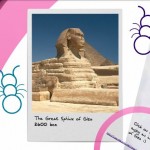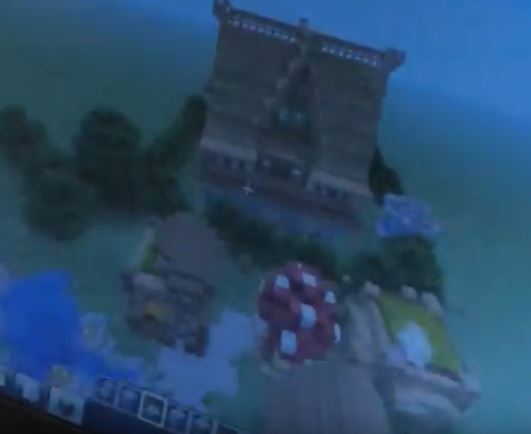Submitted by: Jonathan Gregori
School: J.R. Tucker High School
Summary
As a means of reviewing previous art periods and making connections with the current content being covered, as well as encouraging self-exploration, students are to create a six degrees of separation in Art History presentation. Students are to choose an artist from the Renaissance Art period (currently being studied in class), find a signature piece from that artist, critique the work and identify an artistic theme portrayed. The students then will use the concept of six degrees of separation between any two humans to connect their chosen work’s theme from the Renaissance back through the art history of the Middle Ages, the Roman Empire, the Ancient Aegean, Egypt and the Ancient Near East. For each art period, the student will select an artwork that shares the theme, research the artist and art period styles. These six artworks, artist and art period information will be used in a classroom presentation as a means of review of the content studied to this point in the year. Each student chooses a theme and creates their own six degrees of separation thread, but also has the opportunity to collaborate separately with up to 6 other students in the class, by sharing a common artwork from a time period. Students are to select the best means of presenting the information to the class. Students viewing the presentation will complete a peer review and record important information using a googledocs form during the presentations. All presentation will be presented and stored in a manner as to make them accessible outside of the classroom.
TIPC Ratings
Research and Information Fluency:
APPROACHING: Students are to choose an artist from the Renaissance Art period, find a signature piece from that artist, critique the work, and identify an artistic theme portrayed. Next, they will assemble art history research using a variety of web based resources and include full and complete citations. Students will synthesize and apply their knowledge to connect their artwork to another form of art with a similar theme – going back through five previous art periods (Renaissance, Middle Ages, Roman Empire, Ancient Aegean, Egypt, and Ancient Near East). Then they will choose the most appropriate tool to display and interact with the information. Subsequently, students will generate an authentic review tool for other students.
Communication and Collaboration:
APPROACHING: Students have the opportunity to collaborate with up to 6 other students. The students will choose a digital tool to facilitate collaboration such as web based digital presentation tools like Prezi or Dipity (interactive timeline) which allow collaborative editing from outside the classroom. Each student will present their project to the class, while the remaining students complete a peer review using a GoogleDoc form.
Critical Thinking and Problem Solving:
TARGET: Students must use higher level critical thinking skills to analyze and identify a common thread/theme throughout the art history. Then they have to apply their knowledge to connect their artwork to another form of art with a similar theme of a previous art period, six times – the Six Degrees of Separation. The students will choose a digital tool that best allows them to display their research findings in an interesting and accessible way. The students receive immediate teacher and peer evaluations that allow them to reflect on their critical thinking for future growth.
Creativity and Innovation:
TARGET: The students use their knowledge gained through research to creatively connect their thematic artwork to another piece from another art period. They have the freedom to take a strategic risk by choosing the presentation tool, including being awarded higher marks for using a digital presentation tool unknown to the teacher, which supports innovation. This also allows students to use their creative talents to display their six degrees of separation works of art in a Glogster, Prezi, Dippity, etc. Consequently, the students use existing artworks collected under a self-generated theme to create a valued teaching and review tool within and beyond the assignment. Immediate feedback through a GoogleDoc peer assessment allows students to reflect and set goals for future growth.






